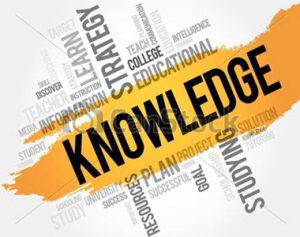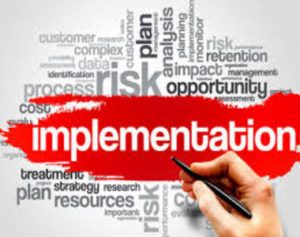The statement is true regarding books and their power to teach. While reading may not be everyone’s forte, it’s undeniable that some people do take in the message or help that a book is giving to them better than others. This is simply due to that person having more advanced skills whilst reading. Though, these skills can be learned and implemented in a variety of ways. In the classroom, they take the form of sticky notes about the text, annotations, and highlighting key ideas and concepts. While it may seem elementary – incorporating these habits along with newer ones as you continuously read non-fiction novels on your own, you can truly have a deep grasp in the message of the book.

While this can apply to an array of book genres, non-fiction would be the best genre as they serve to be more information-centric than fictional books.
Listed below are a few tips to help you increase your skills and take in information better from your favourite books.
1. Learn how to speed read
While this may seem counterproductive, speed reading isn’t always bad if you have a plan set up. Just skimming a book and seeing what the overall message is, how many pages it has, and any other important information will help put the idea that this book is important, and I need to remember the content in your mind. Plus, it makes reading more enjoyable since you know what’s going on and you can understand it as you read it.

The best way to speed read is to have a goal in mind. While in most cases, the goal will probably range from being able to read and understand a test fully. After your goal is set and place, begin to skim through all sections of the book: the table of contents, the index, the chapter headings – and maybe read the first sentence or two from each chapter. This will help you not to get ahead of yourself or overwhelm yourself with trying t understand what a book is about in one sitting. It’s easier to break it done and take your time opening it – just like a cold and shaken up soda.
2. Now start actually reading
This is the second and the easiest step. Just begin reading. While you may want to speed read – it’s been proven to be more helpful to take your time reading each chapter and going back and re-reading if something remains unclear.
Another important action to include in the reading step is to highlight and annotate certain parts of the text. While this may seem tedious – it can become a fun part as your annotations and highlights are all yours – which means you can write whatever you like to help you understand and take in the message of the text better.
3. Implementation

While the first two steps are easy to do and incorporate into your daily reading habits, the third is usually the one that many miss out on. It truly does help to add actions that resemble the ideas read in the book. While this does not mean to scale a building or suddenly begin to skydive – simply taking bits of the book and implementing it can help you remember why you picked the book up in the first place.
One common example of implementation is when you read a self-help book. Many will give tips o how to be happier and more confident in your daily life. While its one thing to simply keep it in the back of your mind. Actually, following the advice is given will help you feel more confident and have a higher dosage of self-love.
Conclusion
While these steps may seem tedious when you first begin to read – the more you do it the ease it becomes, and the more fun as you won’t be sitting there scratching your head after reading a book. These steps are here as a guideline and you are free to change them and tweak them in any way you seem fit!